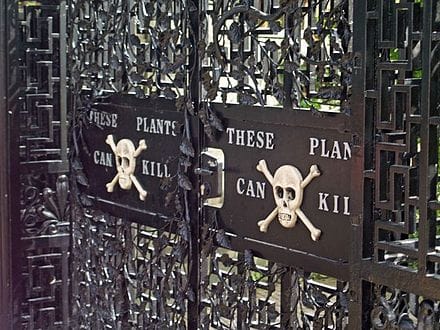action dogs | 2016-01-20
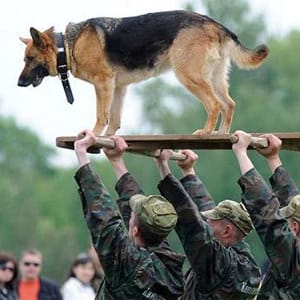
from bomb-sniffing to house clearing to covert ops, our canine friends have proved invaluable resources for effective and tireless pursuit of criminals and enemies the world over.
you can find a raft of videos related to police dogs, their use in the field, and their training — most of them are of the ‘when police dogs attack!’ variety and show dogs taking down rioters, people running from the cops, perps with guns, or goons in cars who are quickly routed by an eager and aggressive dog; they aren’t really worth watching, for the most part. if you do, however, you’ll quickly notice that the dogs are fearless, tireless, and highly-trained to disable and control would-be assailants until such time as their handlers tell them to stand down. there are only a few resources that take the time to relay the non-aggressive, non-terrifying role that police dogs also play in police work (e.g. drug sniffers).
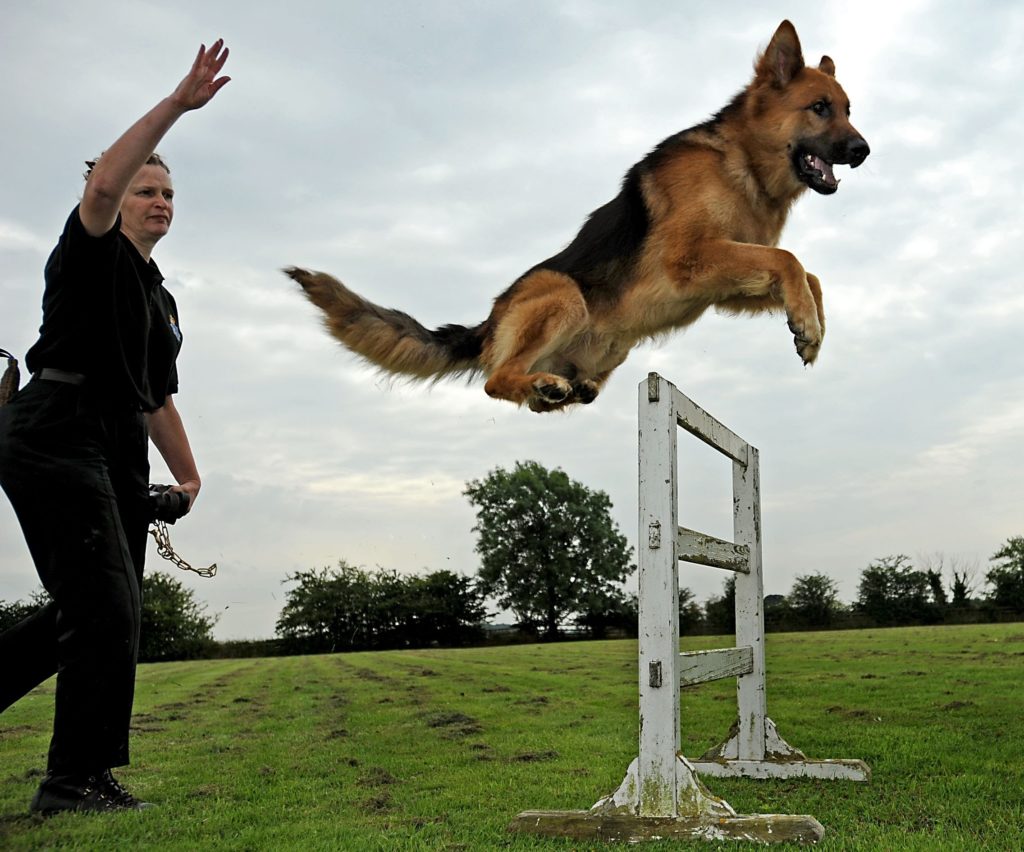
but the use of dogs in police work is not as old a practice as is their use on the front lines in warfare. caesar’s men recorded their issues with taking over the british isles, not in small part due to the english mastiffs who assisted in mounting the defense. napoleon used dogs in his battles and was moved to tears by some of them. there has never been a war fought by the US in which they did not bring dogs to fight alongside them and, with the exception of the vietnam war (in which the war dogs were euthanized or abandoned, as per government policy which was later adjusted by bill clinton), bring them home again.
the israeli military has a very famous canine unit, the Oketz Unit, which is used as a supplementary unit all around the world. the highly-trained handlers and their pups join up with other units when called upon for, most frequently, manhunts and assaults on fortified structures. it’s quite the thing to see these dogs, in training, round up an ‘assailant’ while being fully muzzled.
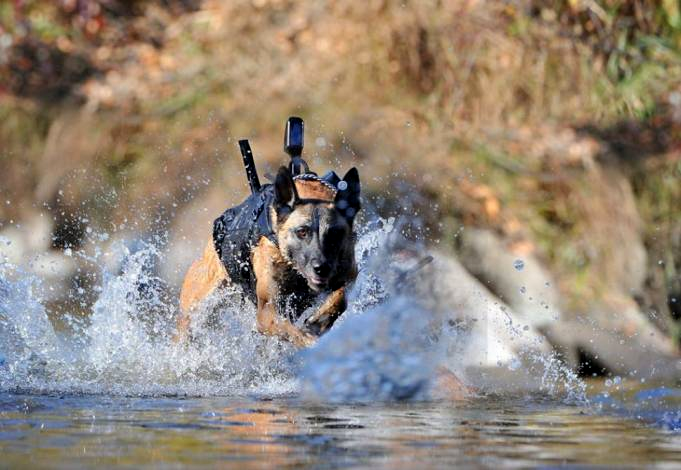
the armed forces use a large variety of breeds to assist them — from labs to spaniels to airedales and shepherds, many breeds excel in unique areas (labs are easily trained for water rescue; spaniels are excellent IED/bomb sniffers; airedales are fearless assisters of the wounded; shepherds are all-around excellent working dogs). these days, the special forces most frequently employ the belgian malinois due to the breed’s high intelligence, eagerness to learn, and excellent strength-to-size ratio; compared to a german shepherd, the malinois is as strong, tenacious, and sturdy but much lighter and smaller, allowing for easier carrying by their handlers. plus, their lighter coloured, thinner coat makes them less prone to heat stroke.
wait… what? carrying by their handlers?? why would they do that?
well, because, in the first place, dogs turn out to really like being carried by their handlers, as you can see from some of the pictures here, so it’s a nice bit of bonding for the handler and the pup. further, especially in special forces like the navy seals, dogs need to be strapped to their handlers while jumping out of helicopters or parachuting. awesome!
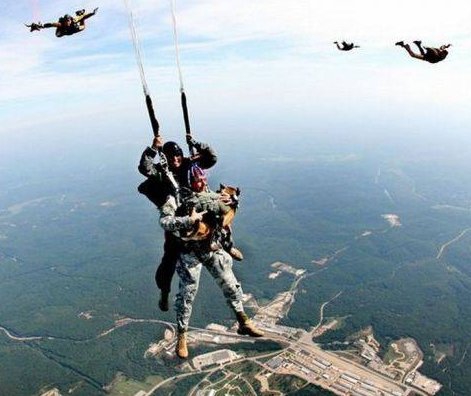
on the sadder side, these dogs, like their human allies, are susceptible to PTSD and, of course, can lose their handlers in battle or be lost themselves. there are heart wrenching stories of dogs trying to deal with the loss of their handlers and there are even more heart wrenching stories of handlers trying to deal with the loss of their dogs. in fact, there is an official poem read at the memorial services of downed war dogs — you can find it here but it’s not for the faint of heart…
so, dogs are man’s best friend and it seems there is nothing they won’t do for a little scruffles and a ball!
so far on action dogs



